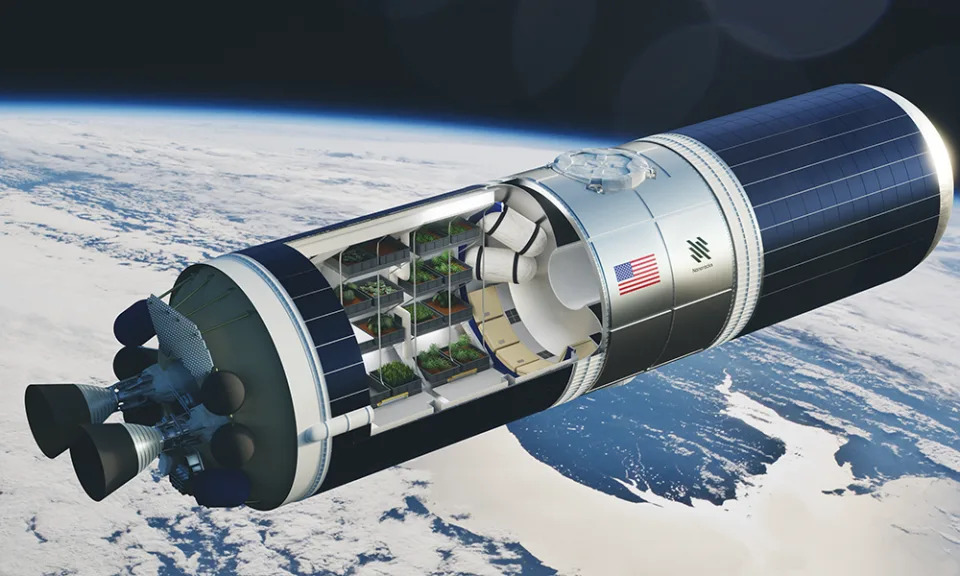

Nanoracks cut a piece of metal in space for the first time
source link: https://finance.yahoo.com/news/nanoracks-cut-piece-metal-space-204920408.html
Go to the source link to view the article. You can view the picture content, updated content and better typesetting reading experience. If the link is broken, please click the button below to view the snapshot at that time.
Nanoracks cut a piece of metal in space for the first time

Nanoracks just made space construction and manufacturing history with the first demonstration of cutting metal in orbit. The technique could be critical for the next generation of large-scale space stations and even lunar habitats.
The experiment was performed back in May by Nanoracks and its parent company Voyager Space, after getting to orbit aboard the SpaceX Transporter 5 launch. The company only recently released additional details on Friday.
The goal of Outpost Mars Demo-1 mission was to cut a piece of corrosion-resistant metal, similar to the outer shell of United Launch Alliance’s Vulcan Centaur and common in space debris, using a technique called friction milling.
Welding and metal-cutting is a messy operation on Earth, but all of that dust and debris simply falls to the ground. However, “when you're in space, in the vacuum, it doesn't really do that. It doesn't just float away necessarily either,” Marshall Smith, Nanoracks’ senior VP of space systems, explained to TechCrunch back in May. “What you want to do is to contain this debris, not necessarily because it might be a micrometeorites issue, which it could be as well, but mostly because you want to keep your work environment clean.”
The entire demonstration lasted around one minute. The main goal — to cut a single small sample of the steel — was successfully completed. Inside the spacecraft were two additional samples to cut as a “reach goal,” and Nanoracks is investigating why they weren’t cut as well.
It was conducted in partnership with Maxar Technologies, who developed the robotic arm that executed the cut. That arm used a commercially available friction milling end effector, and the entire structure was contained in the Outpost spacecraft to ensure that no debris escaped. Indeed, one of the main goals of the demonstration was to produce no debris — and it worked.
Nanoracks used a type of metal similar to an upper stage of a rocket precisely because the company’s long-term goal is to modify used upper stages and convert them into orbital platforms, or what it calls “outposts.”
Recommend
About Joyk
Aggregate valuable and interesting links.
Joyk means Joy of geeK